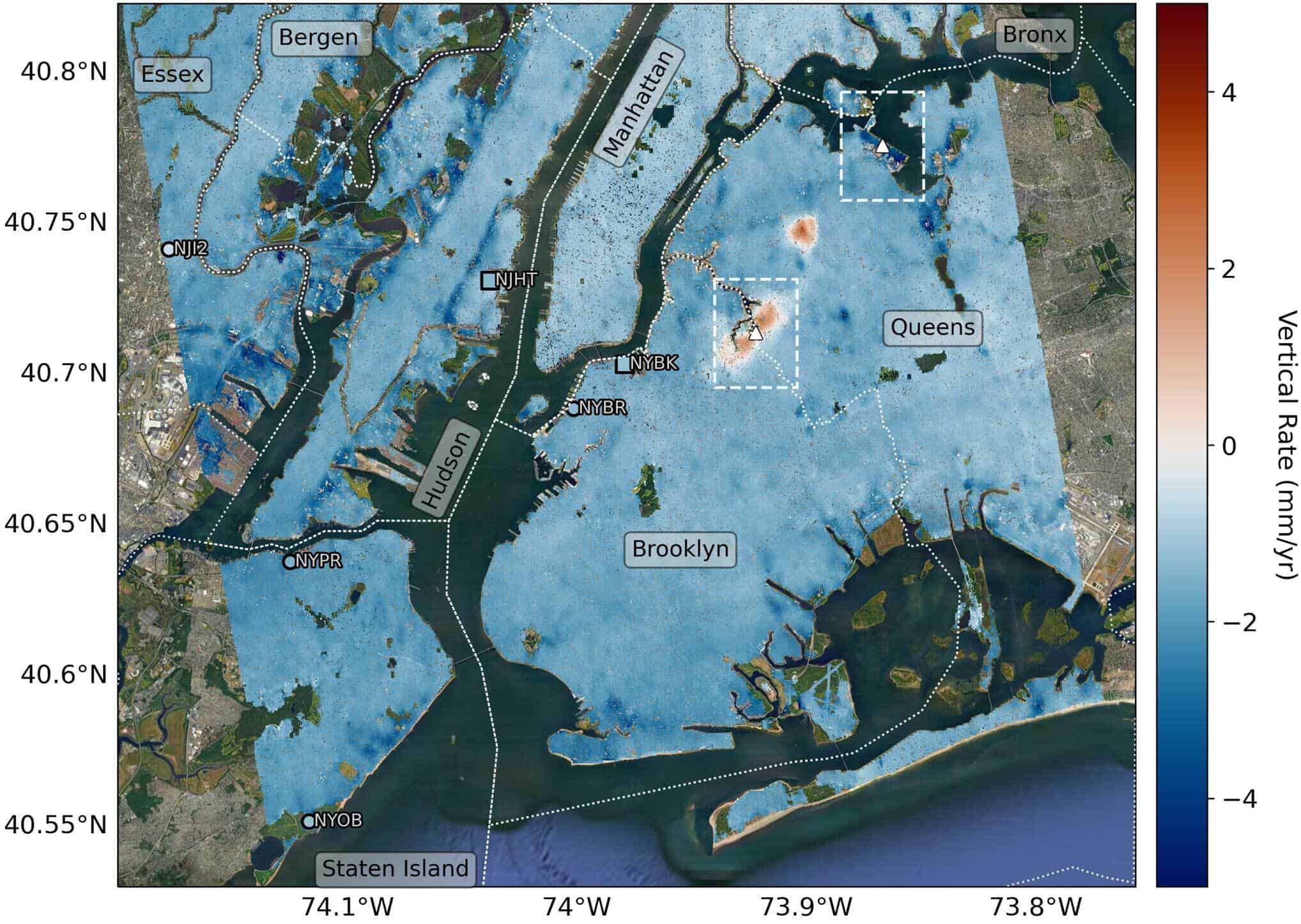Corals are wonderful little things. They offer habitats for the ocean’s inhabitants, they protect the coastline from storms and erosion, and are hotspots of biodiversity and tourism. They’ve also been around for a very, very long time.
Corals are thought to have evolved some 500 million years ago, during a period called the Cambrian, and they’ve changed remarkably little in the passing time. In fact, corals are well known from the fossil record — geologists already use them as indicators for environmental conditions.
But we can now use them for something else. According to a new study, they can serve as ‘time machines’ that reveal the carbon dioxide evolution at the end of the last age.

The current global heating event is unprecedented in several ways. It’s happening extremely quickly, for starters, and it’s caused by a species, instead of being a natural process. But in our planet’s geological history, climate change is a common process.
The last ice age, for instance, was ended by a familiar culprit: rising CO2 emissions. But geologists aren’t exactly sure what caused this rise in carbon dioxide. Using geochemical analysis of fossil corals, an international team of scientists found that changing ocean circulation might be to blame, and showed how corals can be used to derive even more environmental information.
The team started by collecting fossil remains of deep-sea corals that lived thousands of meters beneath the waves. They then dated them using radioactive decay, selecting only the ones that grew at the end of the ice age 15,000 years ago. Further geochemical fingerprinting (including radiocarbon measurements) allowed researchers to reconstruct changes in ocean circulation. The corals suggest a link between these changes and the rising CO2 levels, says study author Dr. James Rae, of the University of St Andrews:
“The corals act as a time machine, allowing us to see changes in ocean circulation that happened thousands of years ago. They show that the ocean round Antarctica can suddenly switch its circulation to deliver burps of CO2 to the atmosphere.”

It’s not the first time something like this has been suggested. Deep ocean circulation can change rapidly, and this can release a lot of CO2 into the atmosphere, says Professor Laura Robinson, co-author of the new study.
In a separate study published in Nature Geoscience this week, the same team used coral data to refute the idea that the global increase of CO2 at the end of the ice age was owed to carbon from deep-sea sediments.
“There have been some suggestions that reservoirs of carbon deep in marine mud might bubble up and add CO2 to the ocean and the atmosphere, but we found no evidence of this in our coral samples”, said Andrea Burke, of the School of Earth and Environmental Sciences at the University of St Andrews.
The study has been published in Nature Geoscience (2020). DOI: 10.1038/s41561-020-0638-6









